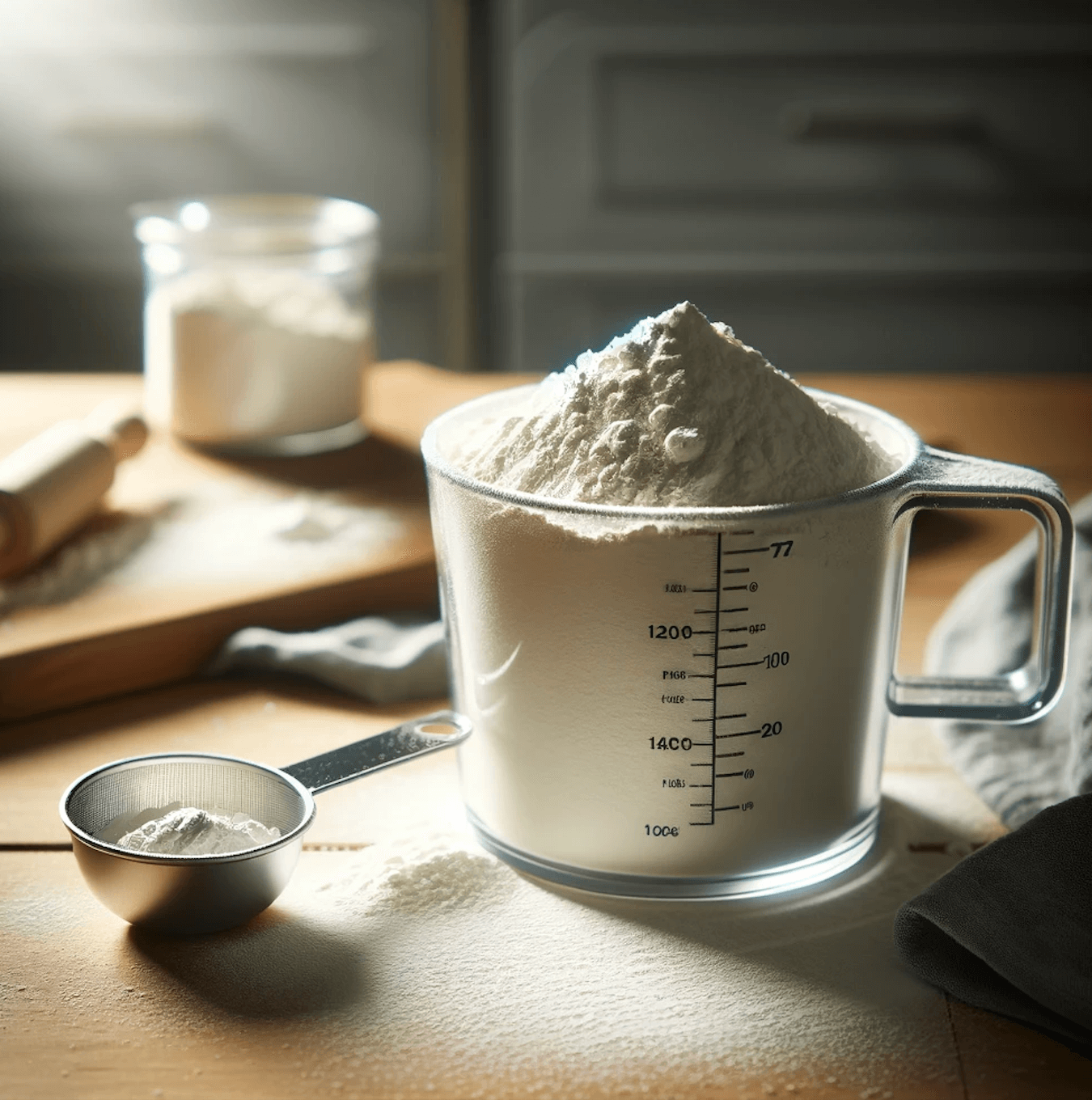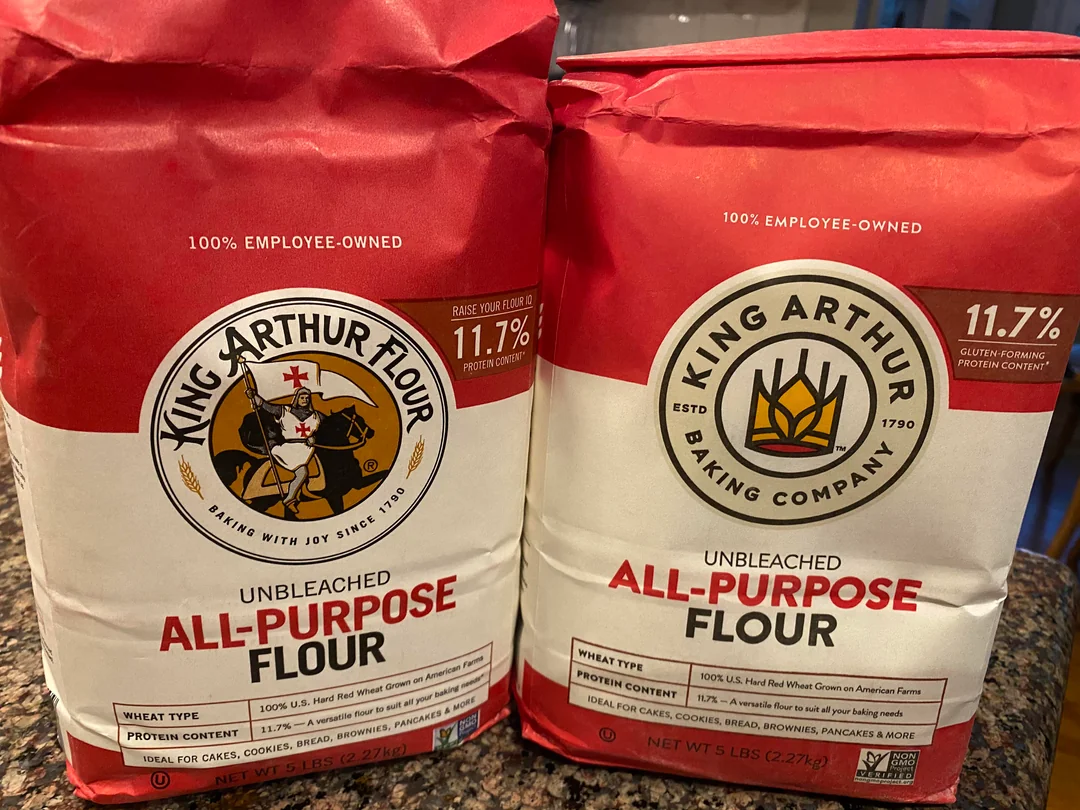
Cooking and baking often call for precise measurements, and if you’re working with recipes from different countries or types of ingredients, conversions between grams and cups can be challenging. One common conversion people frequently look up is “250 grams to cups.” In this guide, we’ll dive into everything you need to know to accurately convert 250 grams to cups for various ingredients, along with helpful tips and frequently asked questions.
Table of Contents
- Understanding Grams and Cups in Recipes
- How to Convert 250 Grams to Cups for Different Ingredients
- Conversion Charts for Quick Reference
- Tips for Accurate Measuring in Cooking and Baking
- Frequently Asked Questions about Grams to Cups Conversion
- Final Thoughts: Simplifying Your Recipe Conversions
1. Understanding Grams and Cups in Recipes
Grams are a unit of mass in the metric system, commonly used worldwide for weighing ingredients. They are especially preferred in recipes that require precision, like baking.
Cups are a unit of volume in the imperial system, widely used in the U.S. and other regions for measuring dry and liquid ingredients. Since cups measure volume and grams measure weight, the conversion between the two can vary significantly depending on the density and type of ingredient.
Why Converting Grams to Cups Can Be Tricky: Each ingredient has a unique density, which means 250 grams of one ingredient may fill a different volume than another. Flour, sugar, butter, and liquids all vary in how they convert from grams to cups. This is why knowing the specific ingredient is crucial when converting between grams and cups.
2. How to Convert 250 Grams to Cups for Different Ingredients
Let’s look at some common ingredients and how 250 grams convert to cups for each one:
1. Flour
- All-purpose flour: 250 grams is approximately 2 cups.
- Whole wheat flour: 250 grams is about 2 cups.
- Almond flour: 250 grams equals roughly 2.5 cups, as it’s lighter and less dense than traditional flours.
Note: Flours can vary in volume depending on factors like humidity and how packed the flour is, so it’s always best to weigh flour for precision.
2. Sugar
- Granulated (white) sugar: 250 grams is around 1.25 cups.
- Brown sugar: 250 grams is about 1.25 cups if packed, as brown sugar is heavier.
- Powdered sugar: 250 grams equals approximately 2 cups, as it has a much lighter density.
3. Butter
Butter has a standard conversion, as it is solid but relatively uniform in density.
- Butter: 250 grams is approximately 1.1 cups or slightly over 1 cup.
4. Liquids (Water, Milk, Oil)
Liquids have similar density, which simplifies conversions.
- Water: 250 grams is roughly 1 cup.
- Milk: 250 grams also measures close to 1 cup.
- Vegetable oil: 250 grams is about 1.1 cups.
5. Honey
Honey is denser than many other ingredients, so the conversion is different.
- Honey: 250 grams is around 0.75 cups.
6. Cocoa Powder
- Cocoa powder: 250 grams is about 2.5 cups, as cocoa is very light and takes up more volume.
These conversions are helpful, but for the best results, a kitchen scale is recommended, especially when dealing with precise recipes.
3. Conversion Charts for Quick Reference
Here are some handy charts for converting 250 grams to cups for a range of ingredients commonly used in baking and cooking.
| Ingredient | 250 Grams to Cups |
|---|---|
| All-purpose flour | 2 cups |
| Whole wheat flour | 2 cups |
| Almond flour | 2.5 cups |
| Granulated sugar | 1.25 cups |
| Brown sugar | 1.25 cups (packed) |
| Powdered sugar | 2 cups |
| Butter | 1.1 cups |
| Water | 1 cup |
| Milk | 1 cup |
| Vegetable oil | 1.1 cups |
| Honey | 0.75 cups |
| Cocoa powder | 2.5 cups |
Keep this chart handy for future reference when you need to convert 250 Grams to Cups for different ingredients.
4. Tips for Accurate Measuring in Cooking and Baking
When it comes to measuring ingredients accurately, a few tips can help ensure you’re getting the best results:
- Use a Kitchen Scale: Kitchen scales allow you to measure ingredients by weight, which is more precise than volume measurements, especially for baking.
- Spoon and Level Technique: For ingredients like flour, use a spoon to fill your measuring cup and then level it off with a knife. This avoids packing the flour, which can lead to too much being added.
- Pack Only When Specified: Ingredients like brown sugar may call for “packed” measurements, but others, like flour or cocoa powder, should not be packed unless specified.
- Account for Humidity: Ingredients like flour and sugar can absorb moisture from the air, affecting their weight. Store these ingredients in airtight containers in a dry, cool place.
- Room Temperature Ingredients: Especially for baking, ingredients like butter, eggs, and milk work best when they’re at room temperature, as this aids in even mixing.
5. Frequently Asked Questions about Grams to Cups Conversion
Q: Is 250 grams the same as 1 cup?
- A: No, 250 grams does not equal 1 cup universally. This conversion depends on the ingredient, as different ingredients have unique densities.
Q: Can I use measuring cups instead of a scale?
- A: You can, but a scale is more accurate. If a scale isn’t available, use the measuring tips discussed above for the best results.
Q: How do I convert 250 grams of other ingredients to cups?
- A: For other ingredients, look up their density, as this will determine their weight-to-volume conversion. There are many online tools and calculators specifically designed for food ingredients.
Q: Why is 250 grams to cups different for liquids and solids?
- A: Liquids have a consistent density, making conversions easier, while solids vary in density. Powdery or packed items like flour and sugar take up more space than liquids.
6. Final Thoughts: Simplifying Your Recipe Conversions
While converting 250 grams to cups can seem complex due to variations in ingredient density, having a basic understanding of these differences can make your cooking and baking more precise and enjoyable. For best results, consider investing in a digital kitchen scale; it provides the accuracy required by many recipes, especially those sensitive to measurement errors, like cakes or pastries. Keep a conversion chart nearby, or bookmark this guide for quick access, and enjoy the confidence that comes with perfectly measured ingredients every time you step into the kitchen!








